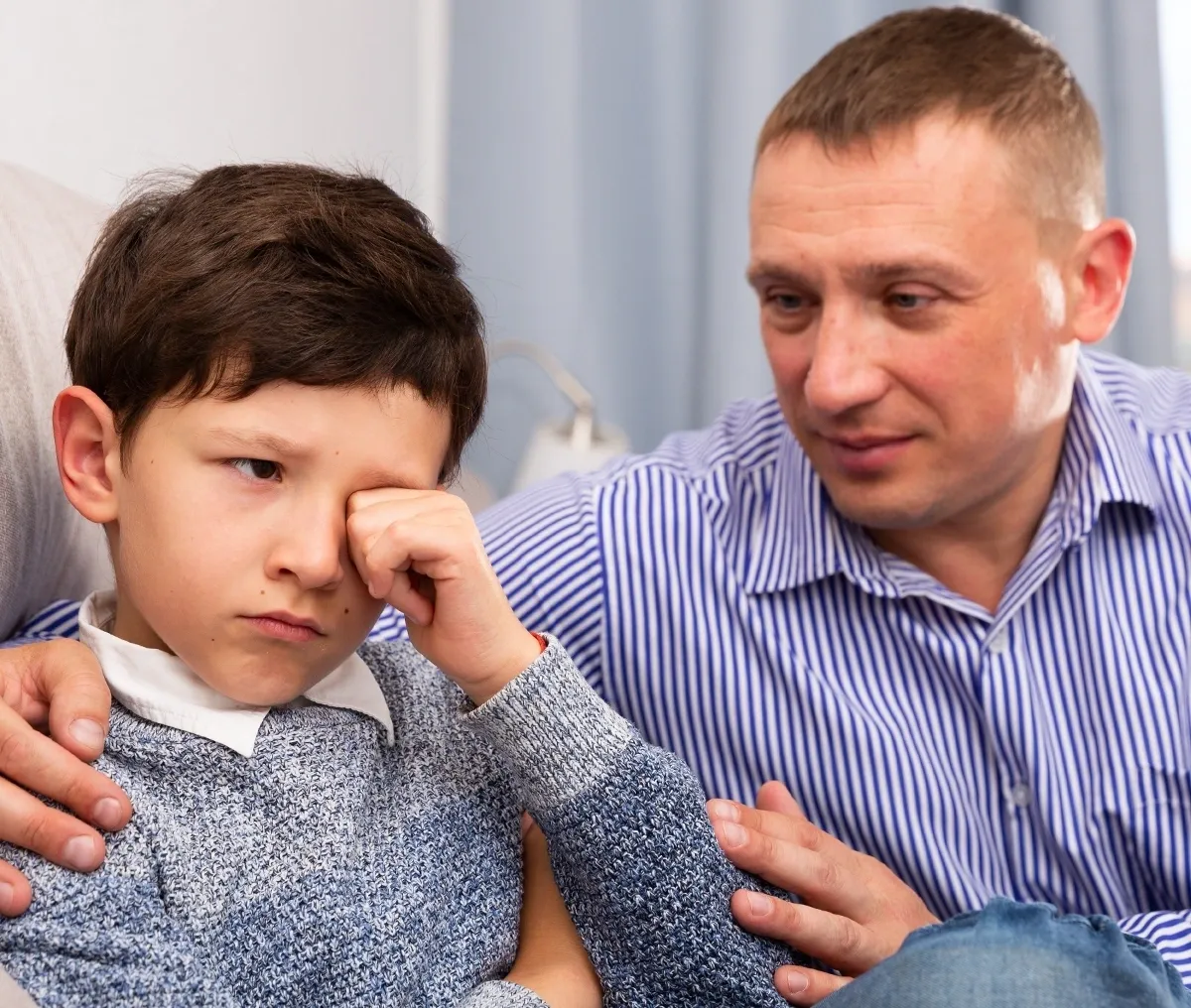Need to know: Co-regulation is the foundation of self-regulation
Self-regulation is the ability to monitor our emotions, behaviours, attention, and energy to meet social expectations and to also maintain good relationships, learning, and wellbeing.
It’s important to note that self-control is not the same as self-regulation. In fact, self-regulation is the fundamental basis of self-control and without it, negative behavioural implications will surface.
Co-regulation requires parents to demonstrate and model positive self-regulation as well as create predictable, responsive, and supportive environments. There is very strong research that shows our children learn self-regulation through co-regulation.
Why it’s important
Successful co-regulation relies on a parent’s capacity to self-regulate while responding to a highly stressed child who is upset, angry or violent, or has shut down completely. Emotions are contagious: it is vital for a parent to actively calm themselves before they engage to de-escalate a child.
Dr. Stuart Shanker, a renowned psychology research professor who developed the self-regulation framework Self-Reg, says. “The foundation of self-regulation is the feeling of calmness and safety that children experience with their parents.” Prioritising a good relationship with your child creates the foundation for co-regulation. Communicating and responding with affection to your child’s needs and committing to caring for them in times of stress sends safety signals to their nervous system.
Safety is a key requirement in achieving positive co-regulation. A highly stressed child is a child whose fight-flight-freeze system is on high alert, and to switch that alarm off the brain needs to sense safety.
You can promote a sense of security by
- Agreeing on goals for emotional regulation and providing a safe space in the family home away from stressors where your child can go. For example: when you are angry you can use what is in your sensory box to release your anger or you can go jump on the trampoline.
- Implementing routines and expectations that are consistent and predictable. For example: each day, there are no screens until you have showered and have done your homework.
- Communicating well-defined logical consequences for negative behaviours. For example: if you damage your toys or things on purpose they will not be replaced.
You can promote self-regulation through unstructured, non-electronic play, especially outdoor play, which are great stress relievers for children. Structured extracurricular activities, especially sports, are essential for learning self-regulation. If your child does not enjoy sports, music, and yoga are also very beneficial.
Tips & strategies
Having a consistent strategy to help you engage in positive co-regulation is a game changer for everyone. Dr. Stuart Shanker developed The Shanker Method® for self-regulation which can be used by parents, teachers, coaches and carers.
1. Reframe the behaviour – Stop for a second and ask why, and why now? Put a space/insert a pause between the action and your reaction. Learn to distinguish between “misbehaviour” and “stress behaviour”
2. Recognise the stressors across the five domains. Be aware that there are hidden stressors, so you need to put on your detective hat to identify them. Here are some examples for each domain:
- Biological – hunger, thirst, illness, pain, inadequate sleep, sounds, smells, lighting, allergies, visual clutter.
- Social – public speaking, new people, being excluded, being bullied, feeling rejected, confrontation, fitting in.
- Prosocial – empathy, being late, unfairness, expectations from others, family stress, giving a gift, reading social cues.
- Emotional – anxiety, sadness, embarrassment, fear, doubt, loneliness, grief, loss.
- Cognitive – multitasking, decision making, organising thoughts, learning challenges, time pressure, under-stimulation, over-stimulation.
3. Reduce the stress. You might be able to reduce some stressors immediately, like ensuring your child has a snack straight after they come out of the school gate, but others like sleep may take time to address.
4. Reflect and enhance stress awareness. Your aim at this point is just to soothe your child. Don’t try to explain or teach, instead:
- Modulate the tone of your voice to communicate safety, using loving and supporting language.
- Project calmness and understanding using facial expressions and gentle movements.
- Help your child become aware of what it feels like to be calm (body feels relaxed, breathing is regular, positive thoughts) and when they’re in fight-or-flight or freeze (muscles feel tight, breathing is quick, thinking is stuck).
5. Restore energy. Figure out what brings your child back to being calm. Once your child is calm you can discuss options and strategies for dealing with stress, anger, and anxiety. Agree on what your child can do to feel better again and restore their energy.
Remember, co-regulation requires self-awareness, patience, and consistency. Sometimes you have to work on your stressors and your ability to self-regulate to help your child.
References
- Calming together: The pathway to self-control
- Co-Regulation From Birth Through Young Adulthood: A Practice Brief
- Children’s Social and Emotional Development Starts with Co-Regulation
- Emotional Regulation, Part Two: Using Co-regulation to Teach Emotional Regulation – Reframing Autism
- Understanding the Parent-Child Coregulation Patterns Shaping Child Self-Regulation – PMC
- What is Self-Reg 101❓️
- SELF-REG for PARENTS


